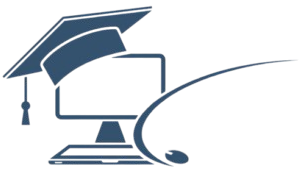In today’s tech-savvy world, cellphones have become ubiquitous, and managing them in schools presents challenges. How can we harness their potential while mitigating distractions?
One approach is integration. Educators can incorporate cellphones into lessons, using them for polling, quizzes, and interactive simulations. This aligns with modern learning styles and promotes digital literacy.
Alternatively, some favor restrictions. Setting designated “no-phone zones” or limiting usage during select times, such as tests or lectures, ensures minimal interruptions. This fosters a focused learning environment and reduces the risk of cyberbullying or inappropriate content exposure.
Striking a balance is crucial. Encouraging students to use cellphones responsibly, for educational purposes, while enforcing boundaries that prevent excessive screen time or inappropriate usage, can create an optimal learning environment that embraces both technology and student well-being.
